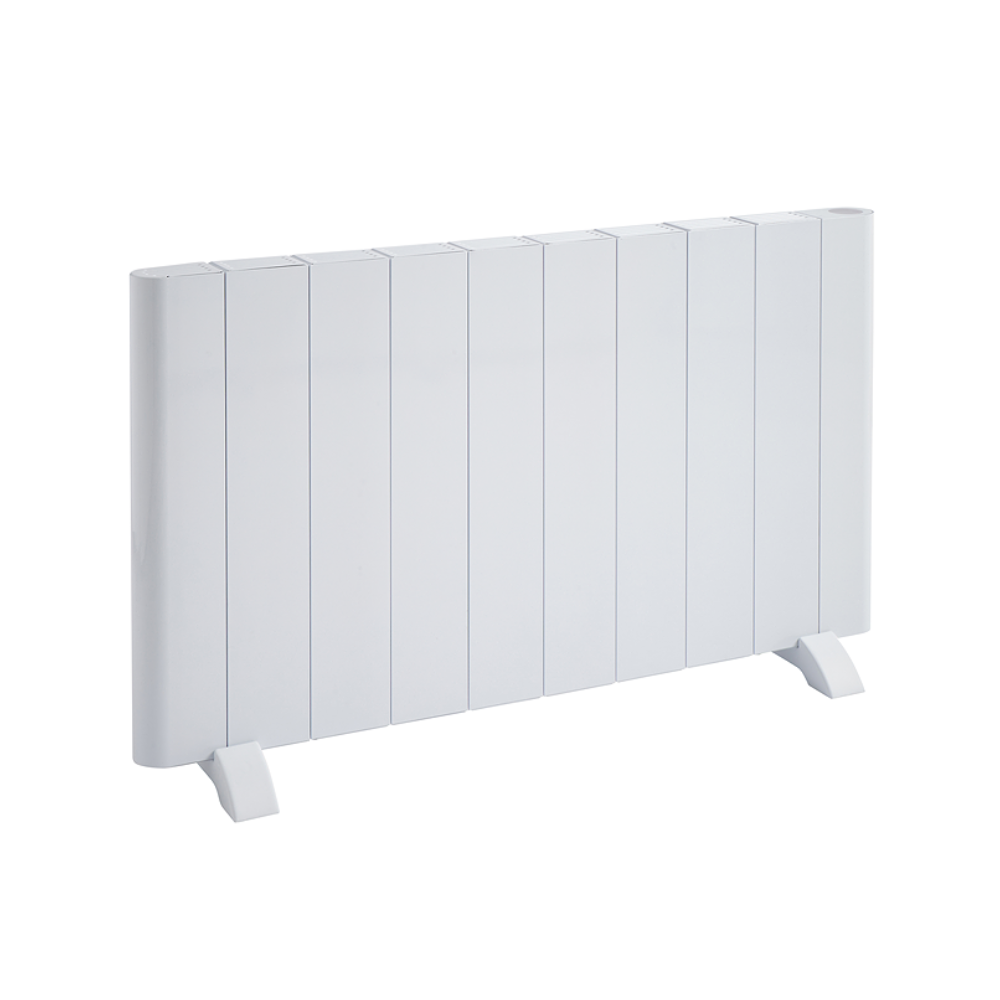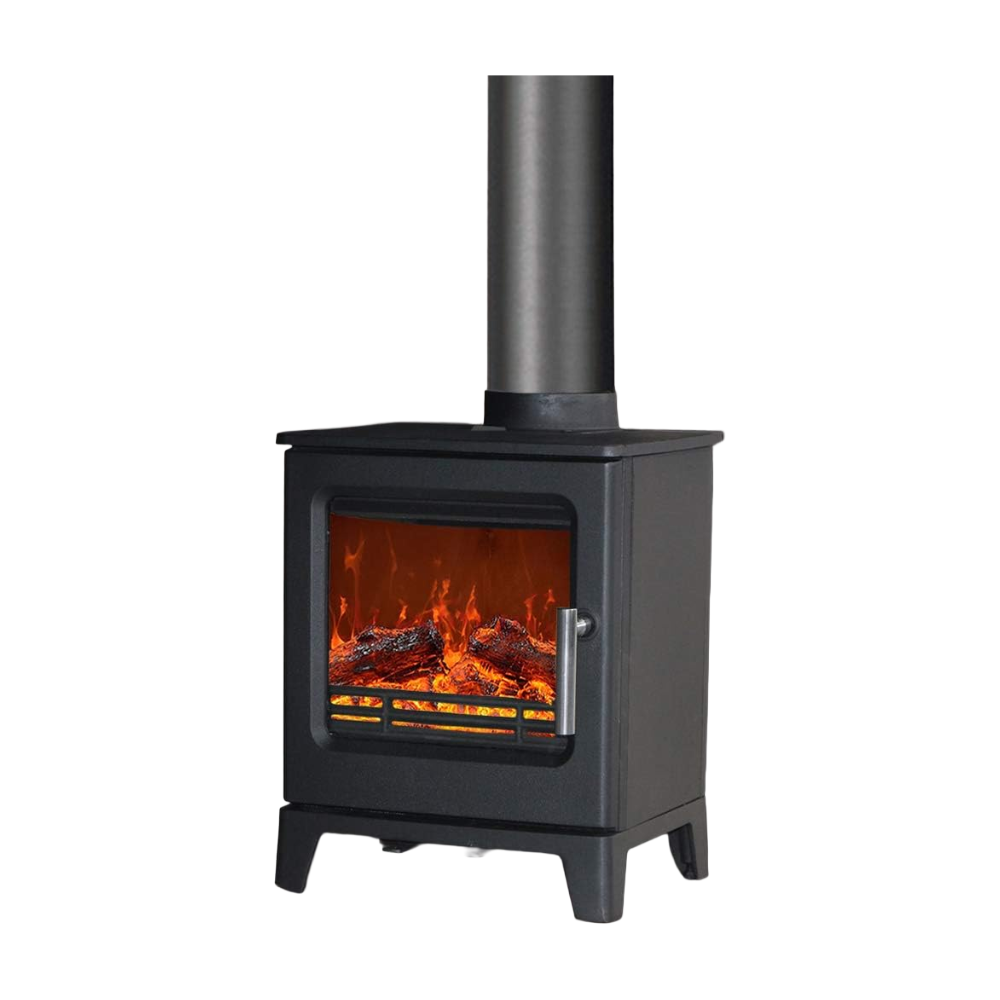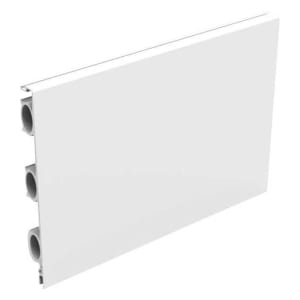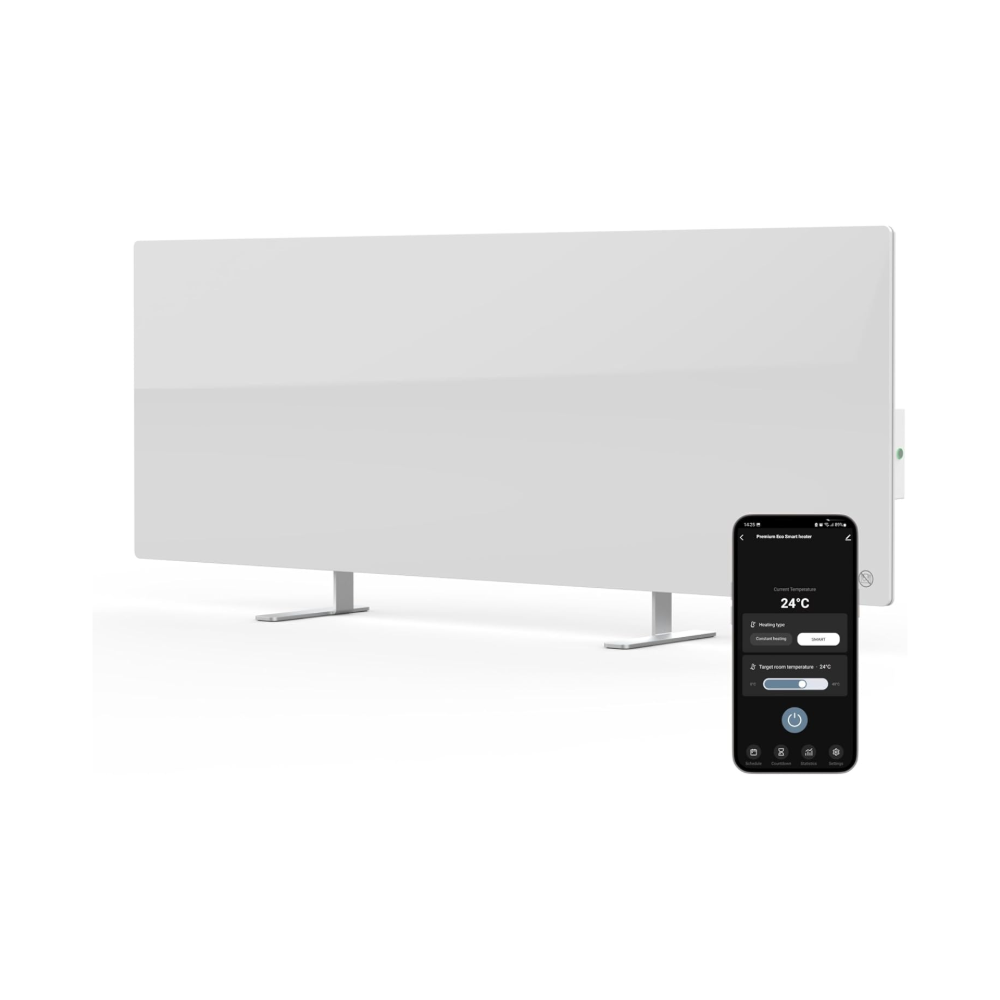Which heat emitter should you install in your home? 6 expert-approved options
From skirting board heating to radiators, discover which heat emitter is right for your home with guidance from our experts
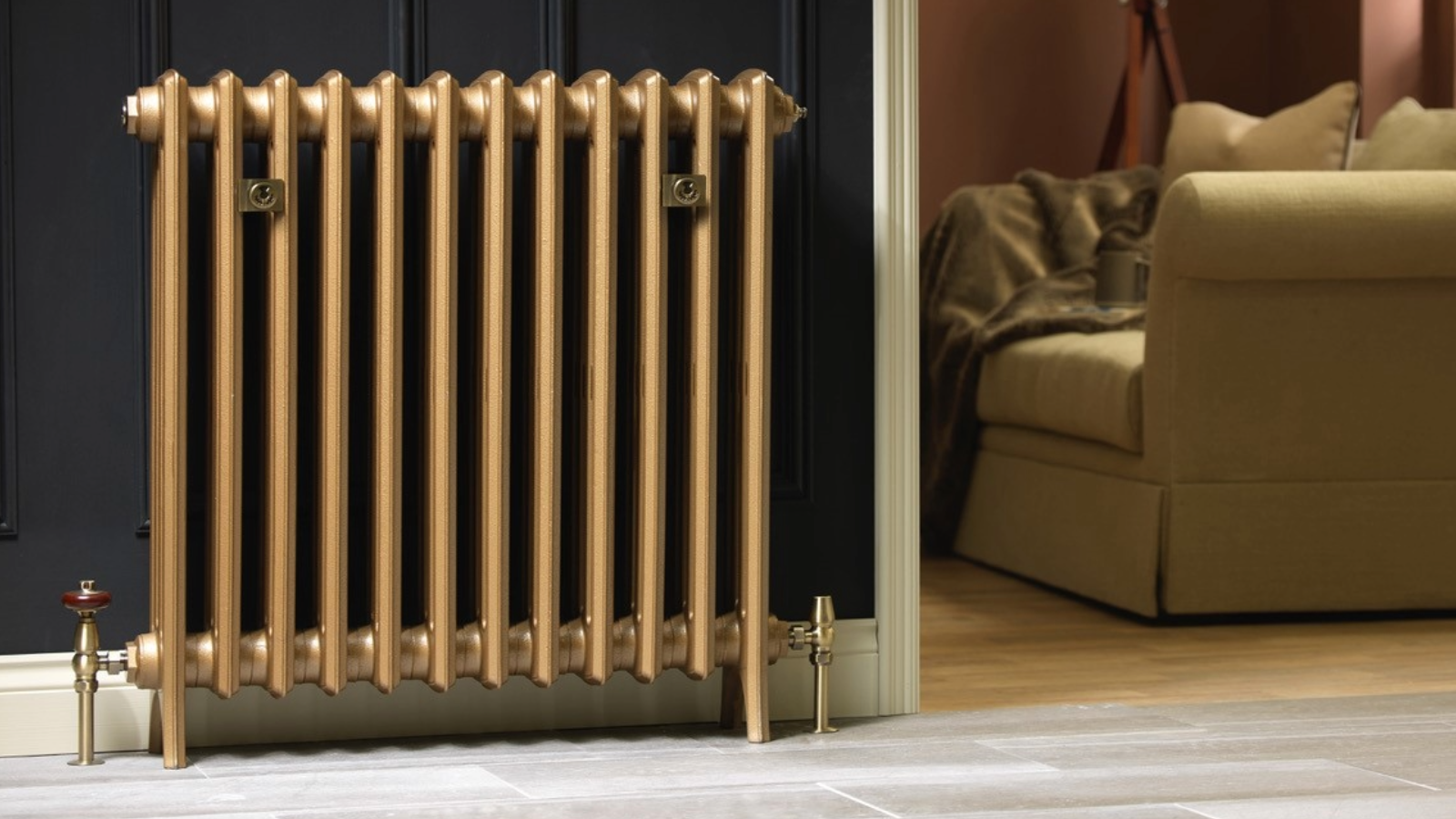
When it comes to renovating your home, choosing the right heat emitter is a big decision, so it's crucial to have all your options explained.
While design is important, it isn't the only consideration. You’ll also need to factor in whether it's compatible with your heating system and room size, and think about the cost-effectiveness of both the initial investment and ongoing running costs – as well as the maintenance and lifespan.
To help you find the best heat emitter for your home, we’ve rounded up six popular options below, including a simple summary of how they work, which homes they’re suitable for and all the key considerations you need to make.
1. Electric radiator
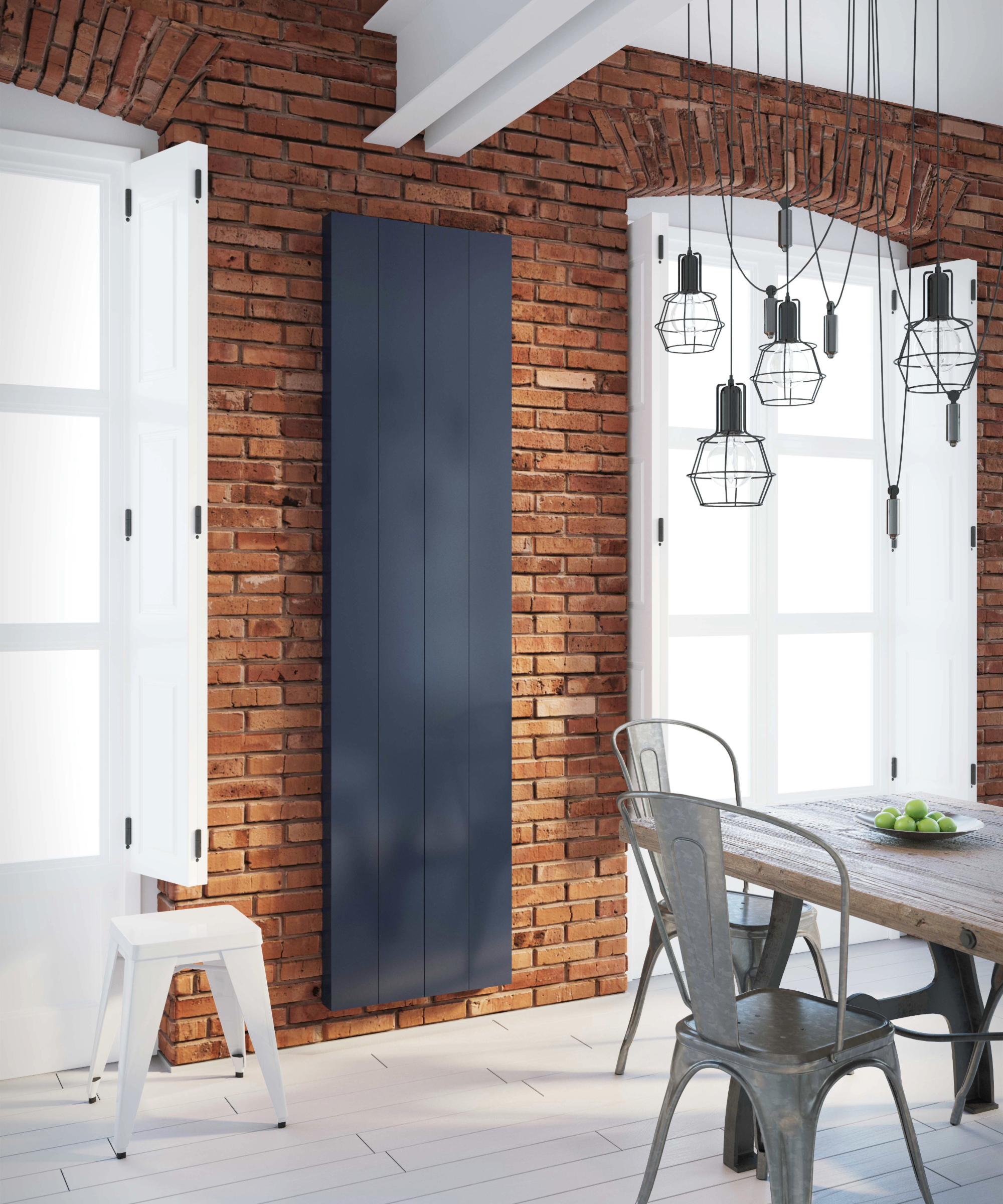
How they work:
Electric radiators convert electricity directly into heat, explains Nick Duggan, Managing Director of The Radiator Centre.
He says, "Each unit operates independently, which means you can control temperatures room by room, which can be a real advantage for modern living and energy-conscious homeowners. Most models should feature smart thermostats and programmable timers, allowing you to fine-tune comfort levels and minimise energy use without sacrificing warmth."
Best suited for:
Nick recommends electric radiators for renovation and retrofit projects where extending a central heating system is neither practical nor cost-effective. He also suggests them for loft conversions, home offices, or garden rooms, where targeted heating is required.
Fitting and upgrading considerations:
According to Nick, installing an electric radiator is straightforward and doesn't require any pipework, boilers, or pumps – just an electrical connection. They can be quickly wall-mounted in most homes, which adds to their appeal for renovators.
Bring your dream home to life with expert advice, how to guides and design inspiration. Sign up for our newsletter and get two free tickets to a Homebuilding & Renovating Show near you.
Maintenance and lifespan:
One of the best things about electric radiators is that they require virtually no maintenance – you won’t need to bleed or service them, and there’s no risk of leaking. With quality engineering, they can last more than 20 years.

Nick has over 20 years of experience in central heating and radiators, leading the team at one of the UK's largest independent suppliers.
2. Hot water radiator
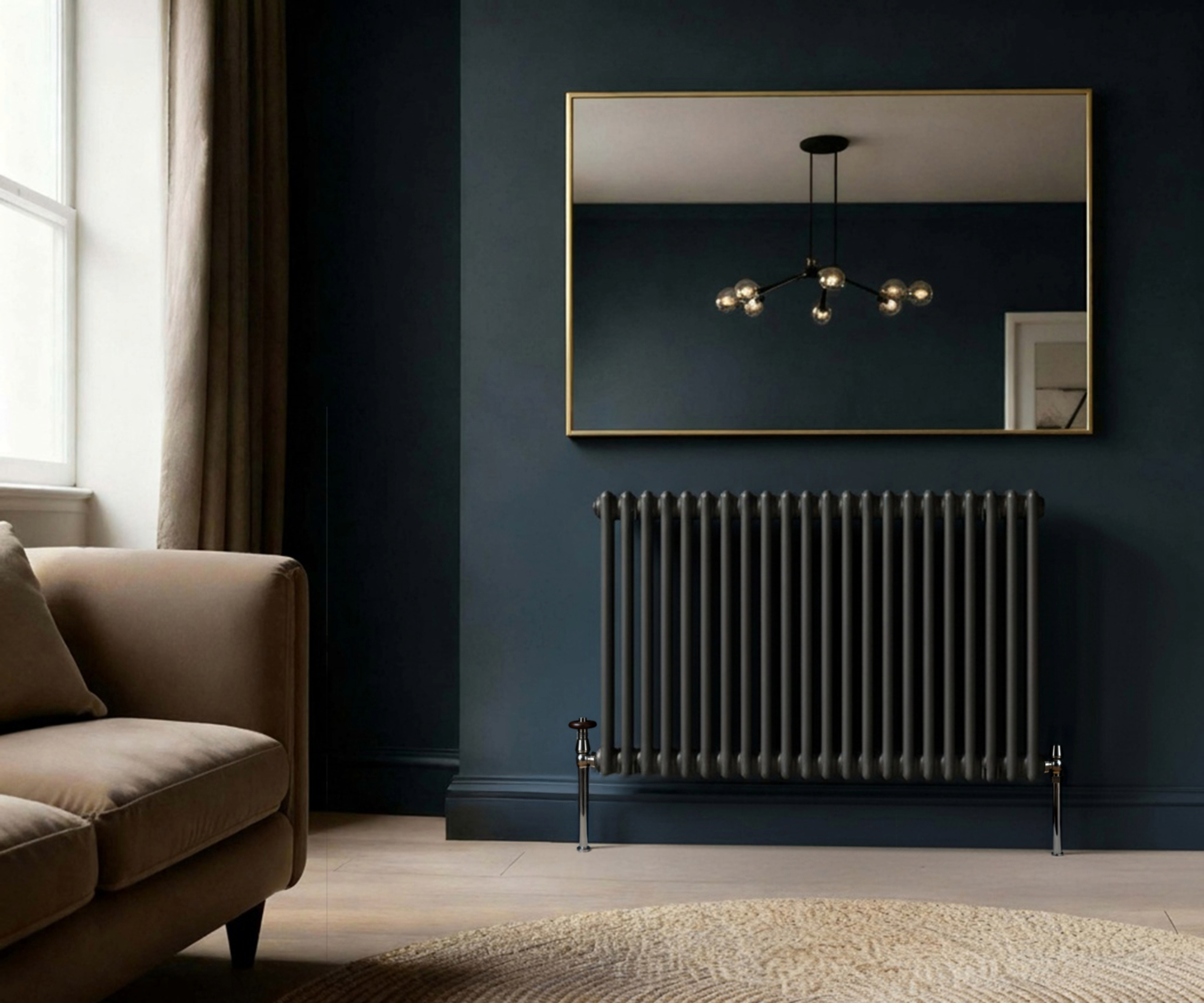
How they work:
Hot water radiators are among the most popular heat emitters, circulating warm water from your boiler or heat pump. While they might seem outdated compared to newer technologies, Nick assures that today’s designs are far more efficient than older models, delivering impressive heat output even at lower water temperatures.
Best suited for:
Whether you're in the middle of a renovation or are moving into a new build, Nick says hot water radiators are an excellent choice for both.
He explains, "In retrofit homes, they can often make use of existing pipework, providing a straightforward upgrade that dramatically improves comfort and energy efficiency. In new builds or homes running on renewable systems such as heat pumps, choosing radiators designed for lower-flow temperatures ensures homeowners get the best performance and efficiency from their system."
Fitting and upgrading considerations:
Installing a hot water radiator is simple, and many homeowners choose to replace their older models with modern, more efficient ones on a like-for-like basis.
Nick says, "Traditional radiators are often sized for higher-temperature systems and therefore may not work as effectively with a heat pump, leading to colder rooms. To compensate for this, it’s likely that you will either need larger radiators or more energy-efficient ones. Radiators designed for heat pumps are optimised to operate efficiently with the lower temperature output of the heat pump."
Maintenance and lifespan:
Hot water radiators are pretty low-maintenance – you'll only need a quick annual check and occasionally bleed the radiator. You can expect a high-quality radiator to last 20 years or more when it's given appropriate care.
3. Underfloor heating
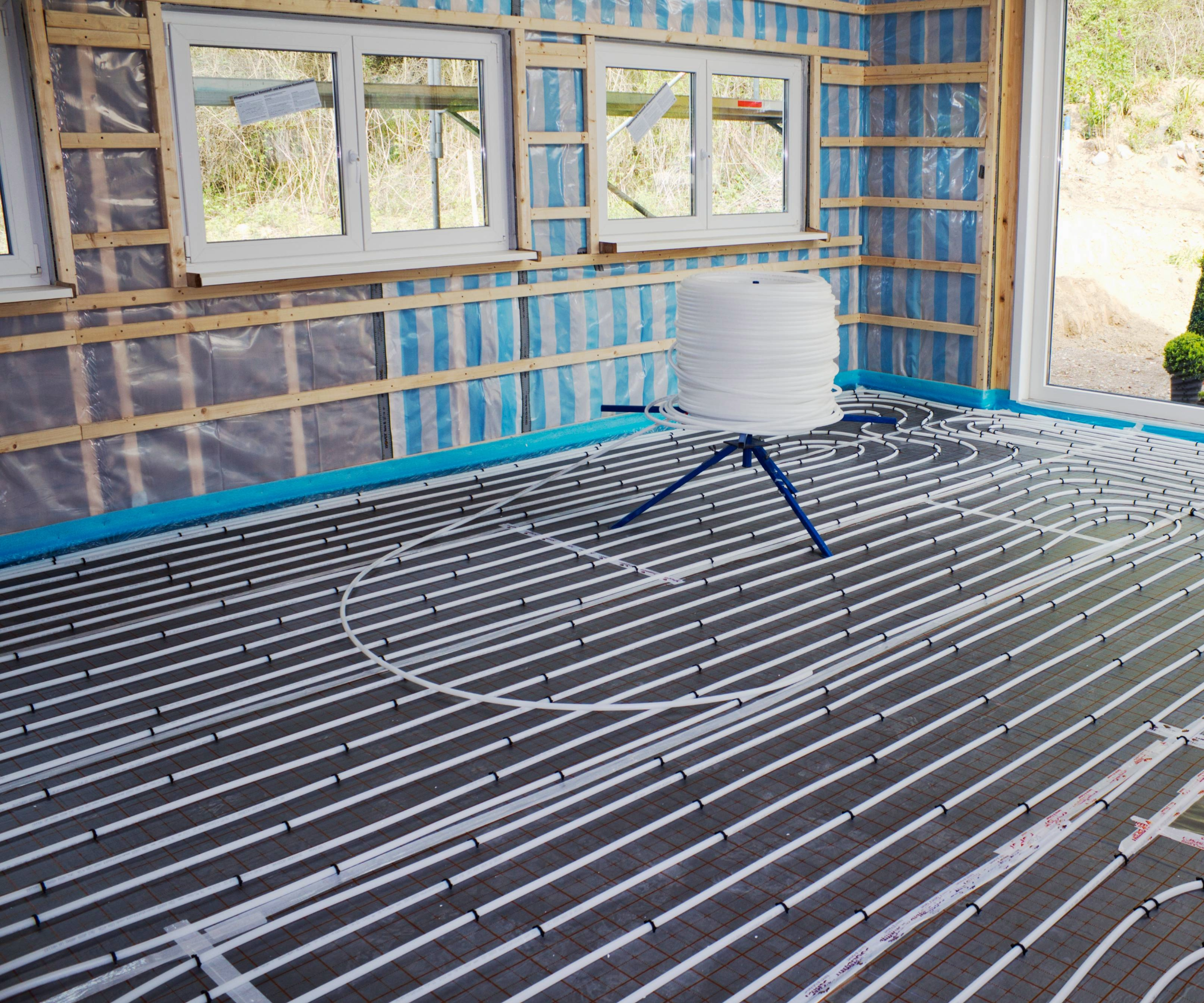
How it works:
Underfloor heating effectively turns the entire floor area into a radiator, using either warm water pipes (wet UFH) or electric mats concealed within the floor structure. The result is gentle heat that rises steadily upwards, with no cold spots or draughts, creating a very comfortable environment.
Best suited for:
Underfloor heating is the perfect partner to a heat pump, which is effective at producing the low temperature required. Thanks to its space-saving design, it also works well in smaller spaces where a radiator might take up too much room.
Lewis Johnson, Director of Cheshire Home Upgrades, says, "In a well insulated property, underfloor heating is usually cheaper thanks to its lower flow temperatures and steady operation. In older properties that you only heat occasionally, radiators will be cheaper because of the faster warm up and lower fitting cost."
Fitting and upgrading considerations:
When it comes to installing underfloor heating, warm water pipes are typically embedded within a screed. However, there are other methods of installation, particularly for renovators.
Maintenance and lifespan:
Underfloor heating can last for more than 50 years, making it an excellent choice if you want to futureproof your home.

Lewis Johnson is Director of Cheshire Home Upgrades, delivering renovations and energy-efficient home improvements across the UK for 20+ years.
4. Log burners
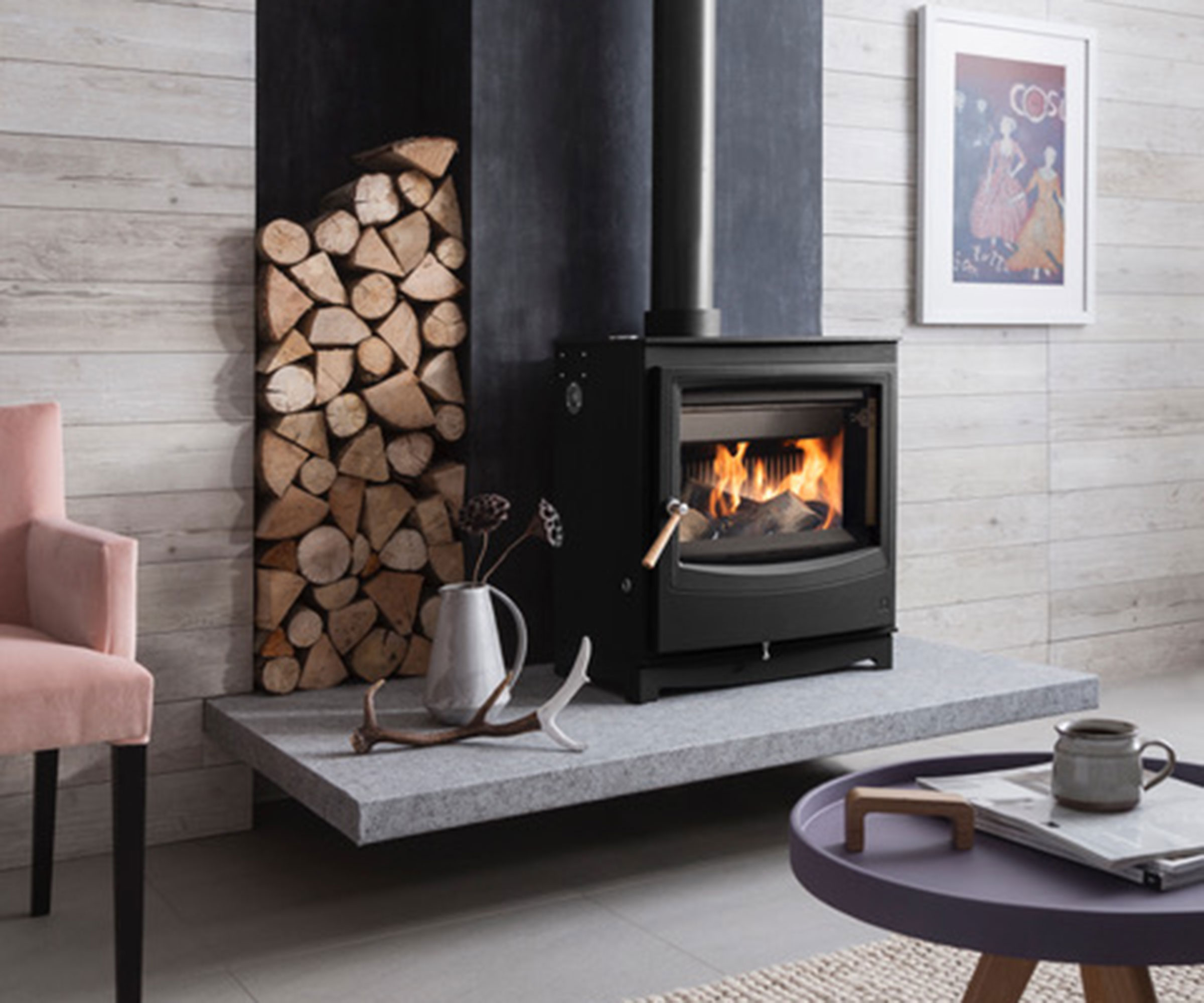
How they work:
Log burners offer both warmth and style, making them strong contenders as heat emitters. Once you’ve lit the logs inside, the burning wood releases heat into your room – and the best stove fans can help improve the distribution.
Best suited for:
If you live in a colder house that could benefit from an additional heat source, a log burner is an excellent choice and can serve as a focal point in your living space. That doesn’t mean well-insulated homes can’t have one – there’s also the option of a room-sealed stove, which draws in combustion air from outside rather than from the room itself.
Fitting and upgrading considerations:
Before you decide to install one, it’s worth reading up on log burner planning permission, as the rules can vary depending on your property type, fuel source, and location. This is why Jon Butterworth, Director of Arada Stoves, recommends consulting a professional.
He says, "As part of your discussion, you will discuss your heat output needs and whether your new stove is going in a pre-existing fireplace, freestanding, or in another existing wall. It is important to choose the correct stove size and output as the heating requirements for each room will differ. If the heat output is too big or too small for your needs, it will be inefficient and could result in the room overheating."
Maintenance and lifespan:
The stove will need to be professionally serviced and swept once a year to keep it running efficiently, safely and to prevent soot build-up, which can cause a fire. Jon adds that you will also need to regularly clean the glass, firebox and internal elements.

Having worked at the company since 2010, Director Jon Butterworth purchased the Arada Stoves in 2019. With a wealth of experience in supplying and installing stoves, Arada specialises in wood burning, multi-fuel, gas and bioethanol stoves for the UK market.
5. Skirting board heaters
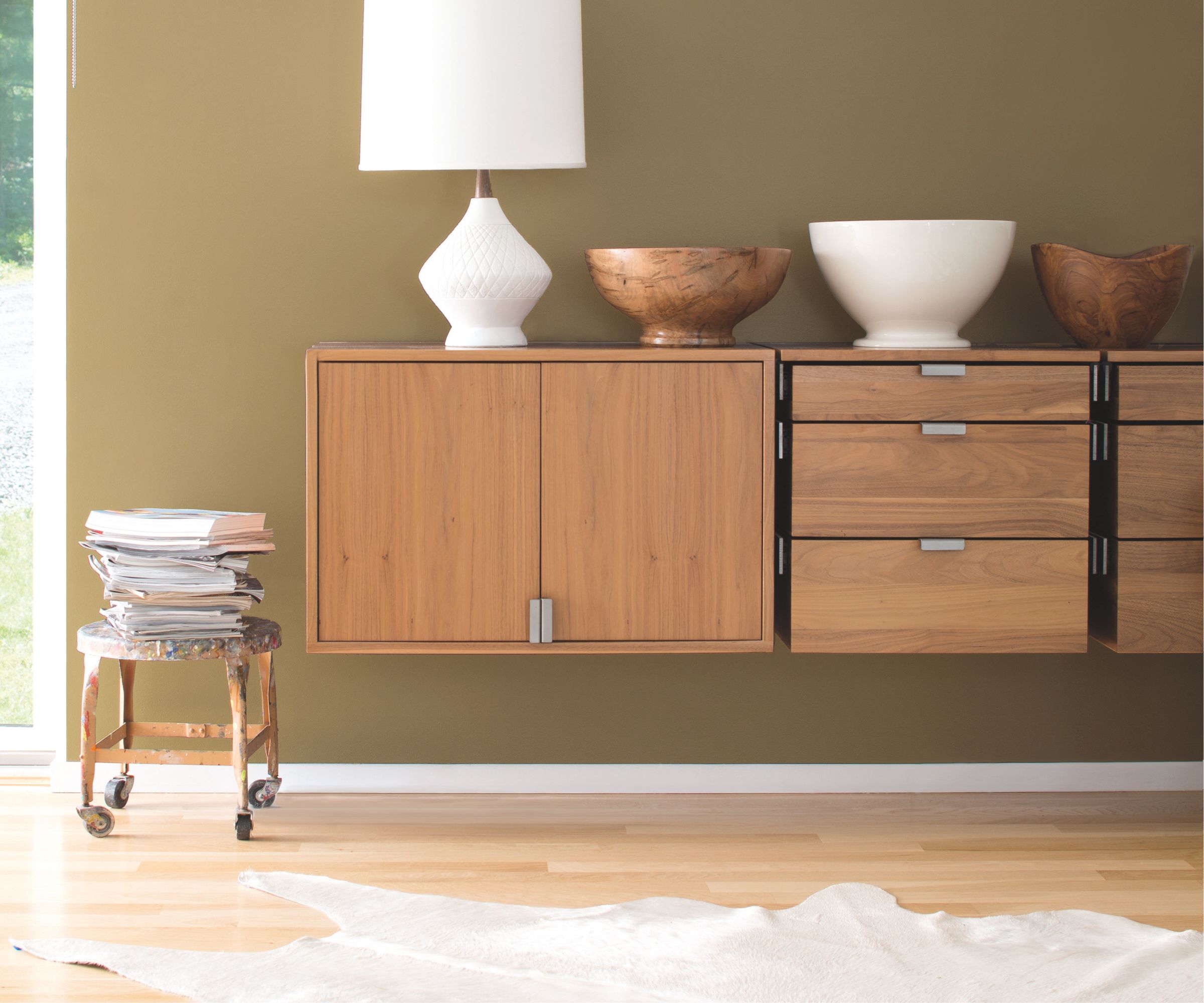
How they work:
"Skirting board heaters run warm water through slim units fitted along the base of a wall, or use electric elements in plug-in models." explains Adam McGrory, Managing Director, MR Mouldings. "They release gentle convective heat that rises evenly through the room, keeping temperatures consistent without bulky radiators."
Best suited for:
According to Adam, skirting board heaters work well for both new builds and retrofits, pairing easily with modern systems such as conventional boilers or heat pumps.
Fitting and upgrading considerations:
Adam says, "When fitting them, it’s worth planning the pipework or wiring carefully so airflow isn’t blocked. Avoid covering the units with furniture or MDF moulding, panel moulds, or a dado rail, as that can reduce heat output."
Maintenance and lifespan:
Skirting board heating typically lasts between 15 and 20 years and requires only occasional dusting.

With a background in construction and interiors, Adam McGrory built his company into a trusted name known for its craftsmanship, precision, and customer service. Under his leadership, MR Mouldings continues to innovate in sustainable production and design, supplying builders, tradespeople, and homeowners nationwide.
6. Infrared heaters
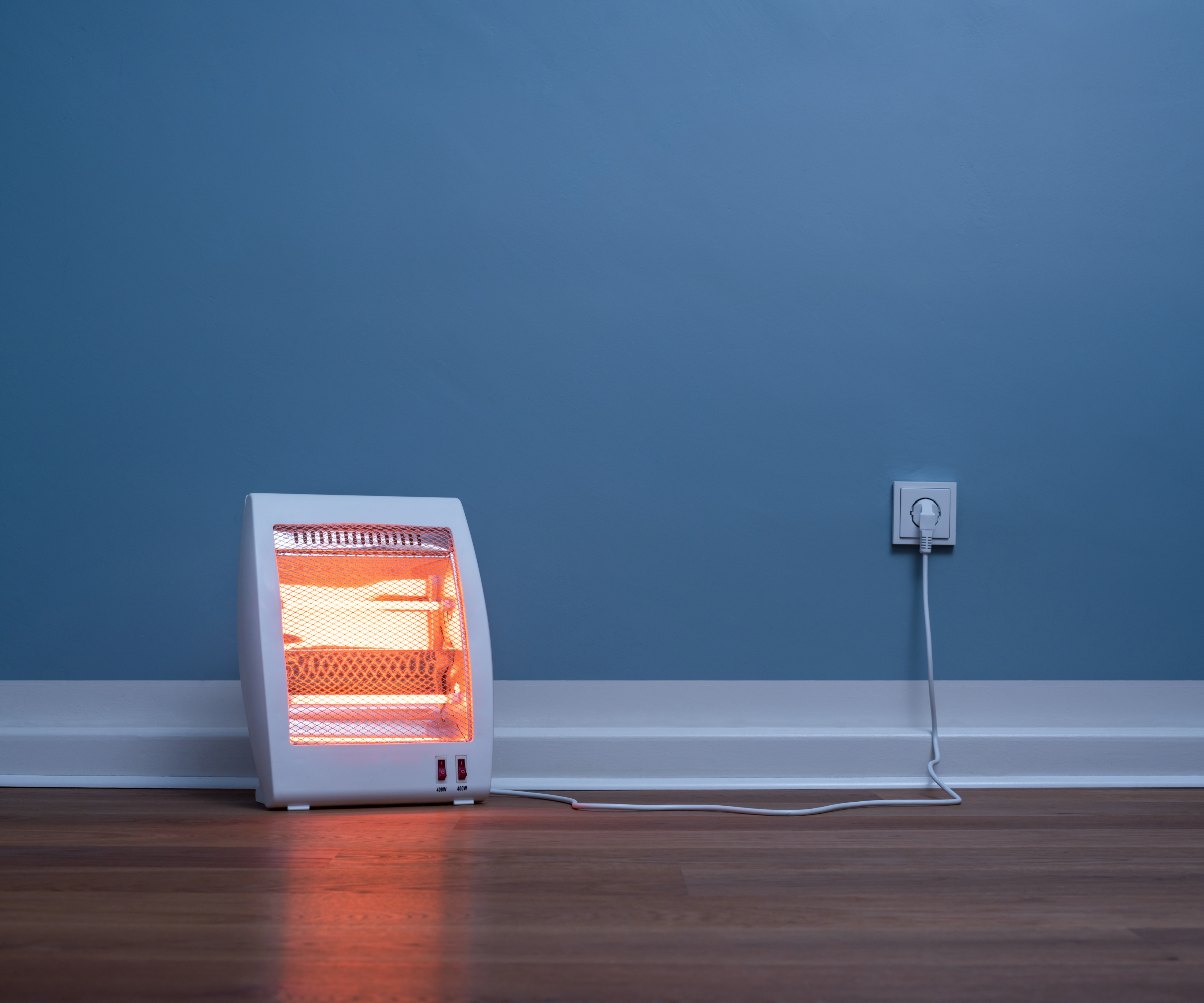
How they work:
"Instead of warming the air, they emit radiant heat that directly warms people, furniture, and surfaces," explains Stephen Hankinson, Heating Expert at Electric Radiators Direct. "They are also convenient and easy to use as they can be integrated with smart controls."
Best suited for:
A good choice for retrofits and modern homes, infrared heating doesn't require any plumbing or major alterations. It also works well in rooms that struggle to heat up or in spaces, like garages and conservatories, that aren't used regularly.
Fitting and upgrading considerations:
The panels are very easy to install – you just need an electrical connection, and they can be mounted on your walls or ceilings.
Stephen adds, "The position of the panel is important, as they should have a clear line of sight to effectively warm up the desired area."
Maintenance and lifespan:
Infrared heaters typically last around eight years and only need occasional cleaning with a cloth.
Stephen Hankinson is the Managing Director of Ignition Group, home of Electric Radiators Direct and Ecostrad. With nearly a decade of hands-on experience in the electric heating sector, Stephen has played a key role in driving innovation across the UK market.
Now that you have all the information you need about the different heat emitter options, you’ll be able to make the right choice for your home, lifestyle, and budget.
Once you’ve made your decision, you may want to read our guides to the best radiators or best bathroom radiators, which include our top recommendations.

As Content Editor at Homebuilding & Renovating, Megan is passionate about providing expert-backed advice and creative inspiration to help readers transform their living spaces. Her love for DIY began while helping to renovate her parents’ family home, sparking a fascination with interiors, renovation, and design. More recently, she assisted with the renovation of her partner’s house in Bristol and is currently expanding her expertise through an Introduction to Home Improvement course. She joined the Homebuilding & Renovating team in 2025, having previously worked as a Staff Writer at PetsRadar and Beauty Assistant at Harrods.
